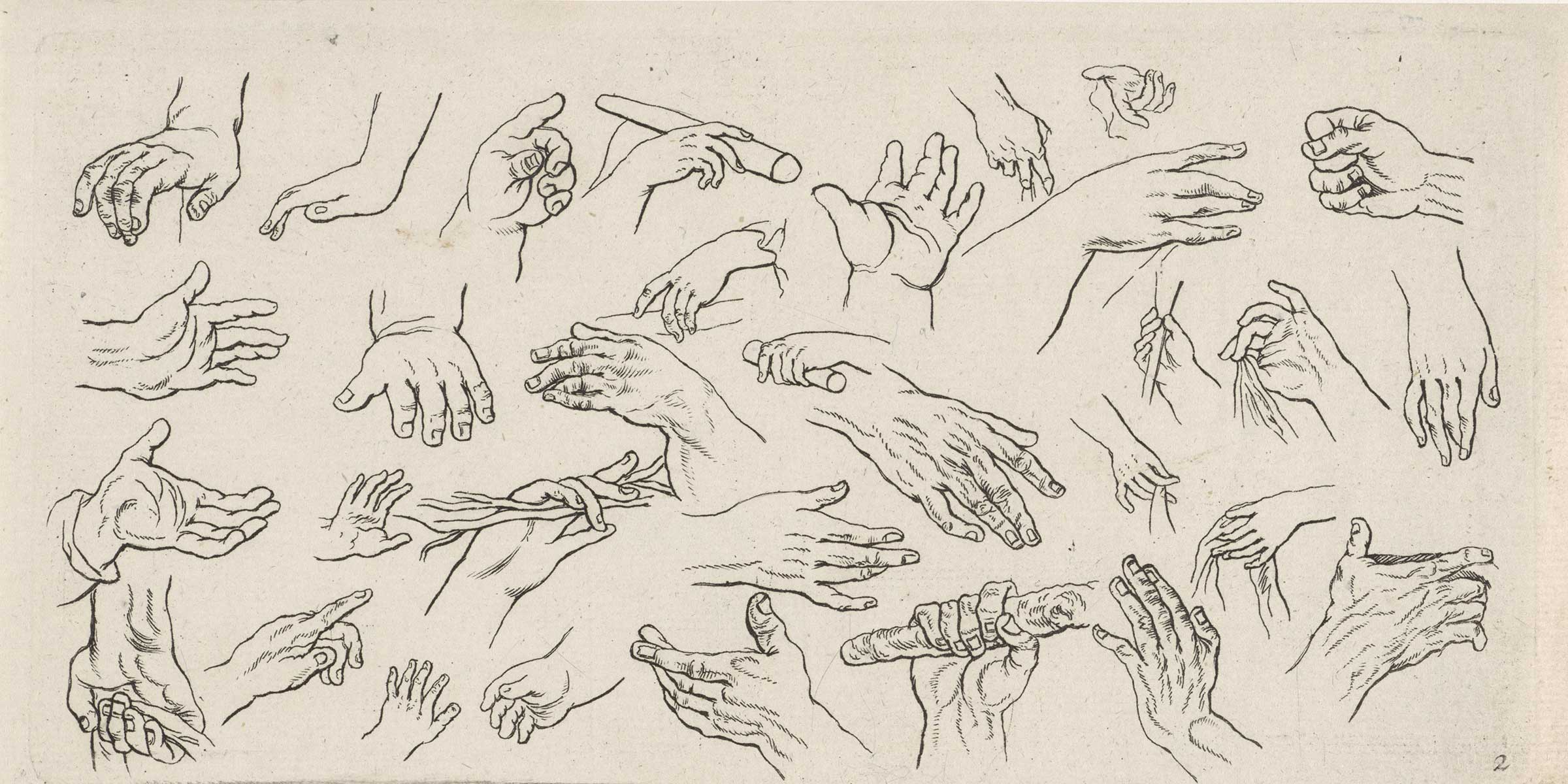Audio brought to you by Curio, a Lapham’s Quarterly partner
Almost forty millennia ago on the island of Sulawesi in Indonesia, deep in the cave of Leang Timpuseng, anonymous artists left imprints of their hands on the walls. The shapes, stenciled in ocher against a terra-cotta backdrop, show long, delicate fingers; they look like pianists’ hands. At the staggering age of about 39,900 years old, these hands are to this day the oldest known work of art by Homo sapiens. Some five thousand years later, and many worlds away, artists who may or may not have been Neanderthals (researchers believe they were probably women) made similar impressions on the walls of the cave of El Castillo in Cantabria, in northern Spain. And not too long after that, stenciled hands were imprinted famously on the walls of the caves of Chauvet and Lascaux in France. A fixation with hands among the earliest artists seems to be a pattern that crosses over cultural, and perhaps even subspecies, borders. Some argue that, like everything human, this taste for hand impressions would have started in Africa.
Since Homo habilis started producing ever more sophisticated tools about two million years ago, following the lead of the hominids that developed the Oldowan (1.7 to 2.6 million years ago) and the even more ancient Lomekwi (3.3 million years ago) stone tool industries, humans have been advancing their dominion over nature by means of their hands. In recent years, some evolutionary biologists and neuroscientists have gone as far as to argue that the refinement of the toolmaking abilities in the earliest hominids could have accompanied or even allowed for the development of language. Proponents of this theory, including Aldo Faisal, a neuroscientist at Imperial College London, speculate that as early humans began working together to manufacture tools of increasing sophistication, they started communicating verbally in ways that were accordingly complex. In other words, the hand—that dexterous, versatile, refined, and powerful “instrument of instruments,” as Aristotle called it—might be the defining feature of our species, the crucial mutation that preceded both our erect posture and our linguistic ability. This is what physician and writer Frank R. Wilson means when he says that for our species the refinement of hand control was the “crossing of a biological Rubicon.”
It shouldn’t then come as a surprise that the question about the human hand—its importance, its relation to the intellect and to human domination over nature—is at the center of one of the oldest debates in the history of Western thought. The story begins with Anaxagoras, a pre-Socratic philosopher. Only this of course means that it begins with Aristotle, the first historian of philosophy. Anaxagoras lived in Asia Minor in the early fifth century bc. He is reputed to have been responsible for introducing philosophy into Athens and we know he was an early materialist, but little other than a small number of fragments has survived from his work. In On the Parts of Animals, when he discusses the usefulness and exceptionality of the human hand, Aristotle writes: “Anaxagoras says that man is the most intelligent of the animals because he has hands, but it would be better to say that he has hands because he is the most intelligent. For the hands are a tool and nature always distributes each tool to the animal that is able to use it, just as an intelligent man would.” In Aristotle’s teleological worldview, the head exists for the sake of the brain, the neck for the sake of the windpipe, and the hands for the sake of intelligence, of thinking: “Man’s ergon [his task in the world] consists of thinking and reasoning, and this would be extremely difficult if the upper body was hanging.” Hands are the signifiers of human exceptionality in the natural world. Later in the same text but also, more famously, in his Treatise on the Soul, he calls the hand the “instrument of instruments” because it allows us to manufacture tools.
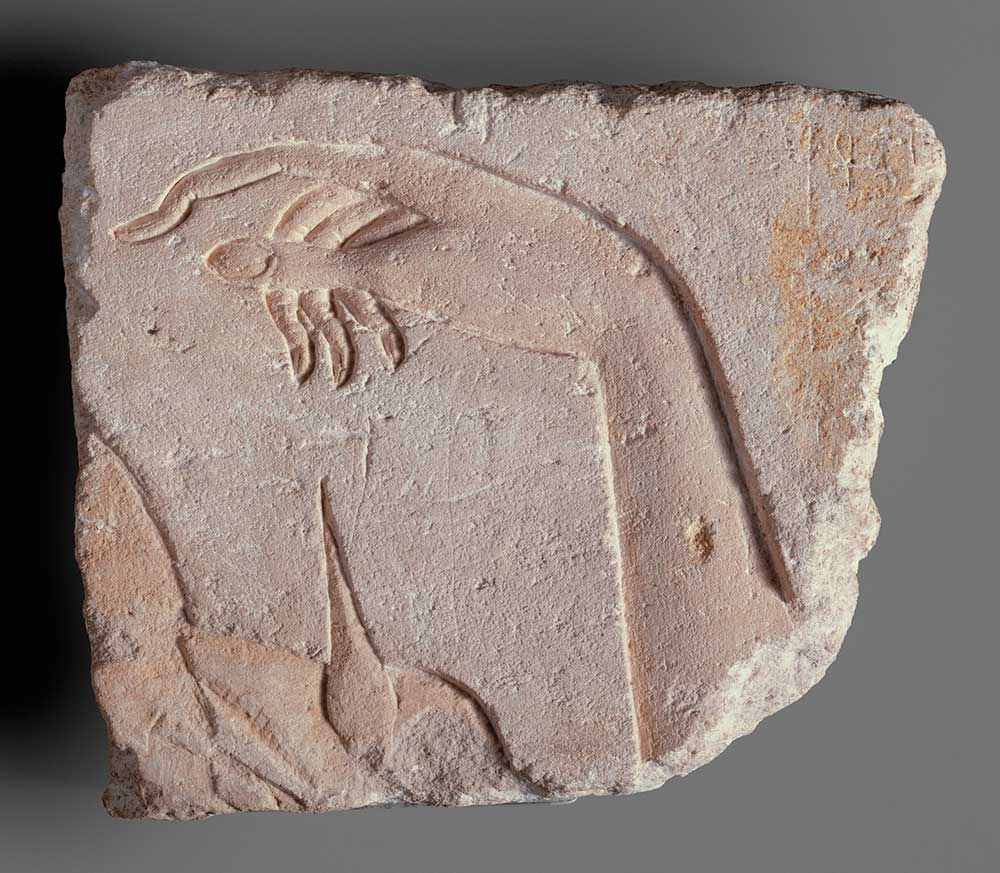
According to Aristotle, in order to realize the master plan in which our role is to be the dominant, most intelligent species, rational nature has endowed us with hands. But what about Anaxagoras’ alleged claim? What does it mean that we are the dominant species because we have hands? What if intelligence is a consequence of our possession of hands? Unfortunately, none of the scarce fragments that have survived of the pre-Socratic thinker’s writing really addresses the issue. Four centuries later, in Rome, the poet-philosopher Lucretius provides the answer. In On the Nature of Things, an epic poem that is also a treatise of natural philosophy, Lucretius says that eyes were not made to see, thighs and calves were not joined so that we could walk, and hands were not given to us for any specific reason. Those who think otherwise are “perverting” knowledge, Lucretius explains, because they confuse effect with cause. And he concludes that “nothing is born in us simply in order that we may use it, but that which is born creates the use.” Lucretius was an atomist, believing that in the continuous shower of atoms that clash through the void, human beings regularly happen to come into existence with two hands. The combination of manual and intellectual skill produced the inventions that enabled humans to become the dominant species. Against Aristotle’s teleological view of nature, Lucretius, going back to Anaxagoras, presents a biological—why not an “evolutionary”?—one.
If we jump forward to the second century, we find the debate revisited in the work of Galen. Galen was much more than a physician: he was a full-fledged intellectual. In his most speculative work, On the Usefulness of the Parts of the Body, he sided with Aristotle and said that, given that the human being is the most intelligent animal and the only one that is actually godlike, nature gave him hands. Thanks to our hands we protect ourselves by creating weapons; we provide ourselves with food by hunting, fishing, and harvesting the land; we weave and make clothes that protect us from the elements; we build houses and cities that help us withstand inclement weather and the attacks of wild animals or other men. And when all these conditions are given and we need not worry about survival with as much urgency, we use our hands to write and keep our accounts; to write laws, poetry, and philosophy; to raise altars to the gods; and to fashion and play musical instruments. In conclusion: “It is not because he has hands that he is the most intelligent of animals, as Anaxagoras said, but it is because he is the most intelligent that he has hands: hands are an instrument of intelligence.” For Galen, Anaxagoras’ idea is extremely dangerous, and he adds that in his own work he hoped to show those who do not believe in nature’s master plan that they are wrong. The problem with these detractors—these “enemies of nature,” as Galen calls them—is that they think that exceptions, deformity, all that makes up the diversity of individuals show that there is no providential intelligence.
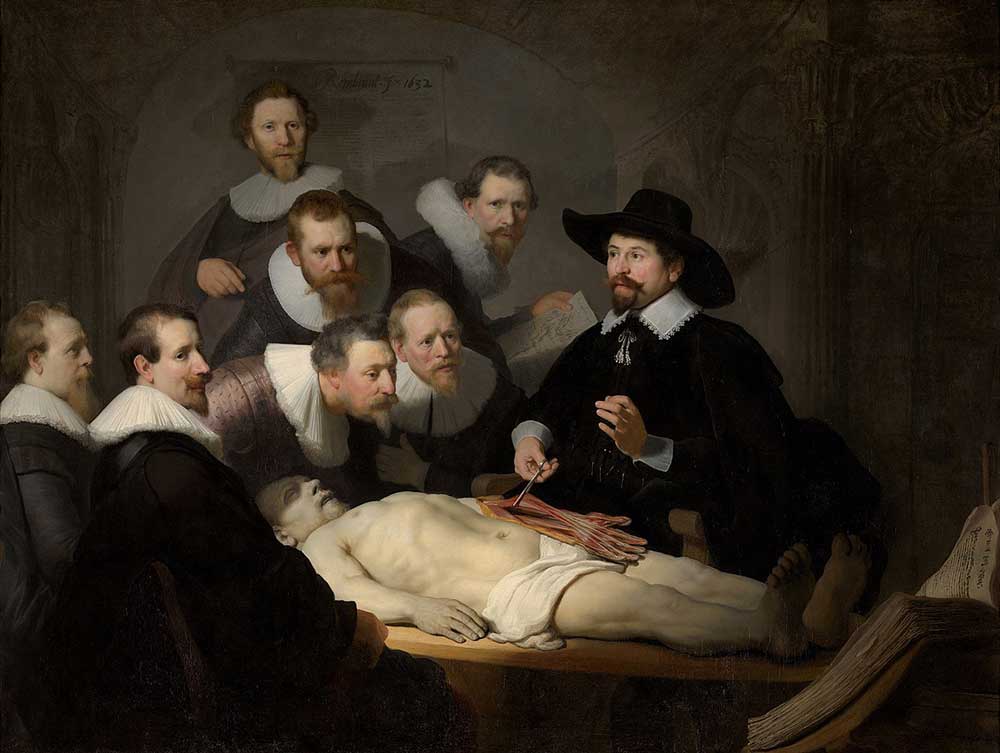
When we get to the Renaissance, the debate reemerges once again, like a prehistoric creature in a freshwater lake. It is during the anatomical revolution that the Aristotelian-Galenic position finds its most interesting reincarnation. As physicians begin anatomizing cadavers with their own hands, they come to understand the importance of firsthand experience, focusing their attention on the complex physiology of the hand itself. The living hand of the anatomist and the dead hand of the corpse take center stage not only in the anatomical theater but also in the elaborate iconography of the engravings that decorate groundbreaking early modern anatomical atlases. For the early modern anatomist, the hand is not merely an indispensable instrument that cuts open, penetrates, and grasps: the hand and its labor, the “work of the hand” (chirurgia in Latin, from which the word surgery derives), are at the center of a new epistemology.
Andreas Vesalius, the father of modern anatomy, shared Galen’s belief that human beings have hands because they are the most intelligent species. In his own words: “So that man may pursue all arts, nature has given him such an upright posture. Therefore, contrary to all animals, man has the power to learn workmanship, to handle an instrument with the hands, the instrument of all instruments, to enquire with his reason into everything and to govern it.” Also like Galen, Vesalius placed special importance on the actual dissection of the hand. In the Renaissance dissecting the hand is one of the central moments of the anatomy lesson. Difficult and awe-inspiring, the anatomy of the hand revealed to the early modern mind God’s plan. In his early days at Bologna, when he was showing his skill with the knife to large audiences for the first time, Vesalius made a particular impression on his students as he dissected the flexor muscles of the hand of a cadaver. One of them remembers the moment vividly:
He showed by dissection how these muscles arise from the head of the bones of the forearm with a thin sinew, and how after a long course, they end in the hand and the joints of the fingers, how the muscles are situated one over the other in a double arrangement, always four over four, and how the lower ones extend to the first joints, while the upper ones extend to the second and third joints, always passing through the first muscles. This was indeed most beautiful to see.
The dissection of the hand was of particular importance for a variety of reasons. First of all, the subtlety of its skin and its layers, and the complex warp of tendons, muscles, and veins that compose it, made the hand devilishly difficult to dissect. Being proficient in this particular dissection was perhaps the ultimate display of manual dexterity. Second, for both Aristotle and Galen, and therefore for most early modern anatomists, the hand, with its prehensile capacity, was the most compelling piece of evidence for intelligent design. The dissection of a human body in the sixteenth century was, first and foremost, a ceremony and a celebration of the intelligence and goodness of God; and the hand represented the most sophisticated mark that the maker had left on his creature. And thus the dissected hand and the dissecting hand engage in a form of physical and symbolic negotiation that betrays deep epistemological awareness and an emblematic sense of the allegorical. With dashing virtuosity, like a magician performing the ultimate trick, the anatomist exposes the organ that allows us him to expose the body. This uncanny handshake that binds the living body and the corpse also binds our God-given ingenuity with providential nature and acts as a poster for the new science—a science both deeply pious and unrepentantly mundane, even secular. A science based on the touch of the hand.
The famous portrait of Vesalius in The Fabric of the Human Body shows him dissecting a right hand and forearm. The moment Vesalius chose to immortalize is also revealing: he is not cutting but pulling the flexor muscle of the right hand of a disproportionately big corpse. Like Dr. Tulp in Rembrandt’s famous 1632 emblematic group portrait, Vesalius is showing how the finger flexors first split and then intersect. These muscles are not just any muscles. If the hand is the quintessential instrument, and the muscles are the instruments of voluntary motion, the muscles of the hand are the incarnation of human agency and represent the very mechanism of culture, by which our species, by divine decree, achieved dominion over all the others. And it is all there, human agency and divine providence, in that very flexion. It’s all there: fire, the wheel, the wall of Jericho, scripture, the hanging gardens of Babylon, the Iliad, the Pantheon, the printing press, gunpowder and artillery, the Last Supper and David, open-heart surgery and the atomic bomb. In the very flexion that the portrait immortalizes Vesalius found the muscle of civilization and in it the most tangible proof of the existence of God. This idea also features in some of the many artistic representations of hands that the Renaissance gave us. The creation scene in the Sistine Chapel is, without a doubt, the most famous example, but also the spectacular right hand of David, “calm but full of tension,” as Charles de Tolnay described it. In one of his poems, Michelangelo—who was extremely well versed in human anatomy and had carried out many dissections—invokes “the hand that obeys the intellect” (la mano che ubedisce al intelletto), which confirms his belief in providential nature and teleology.
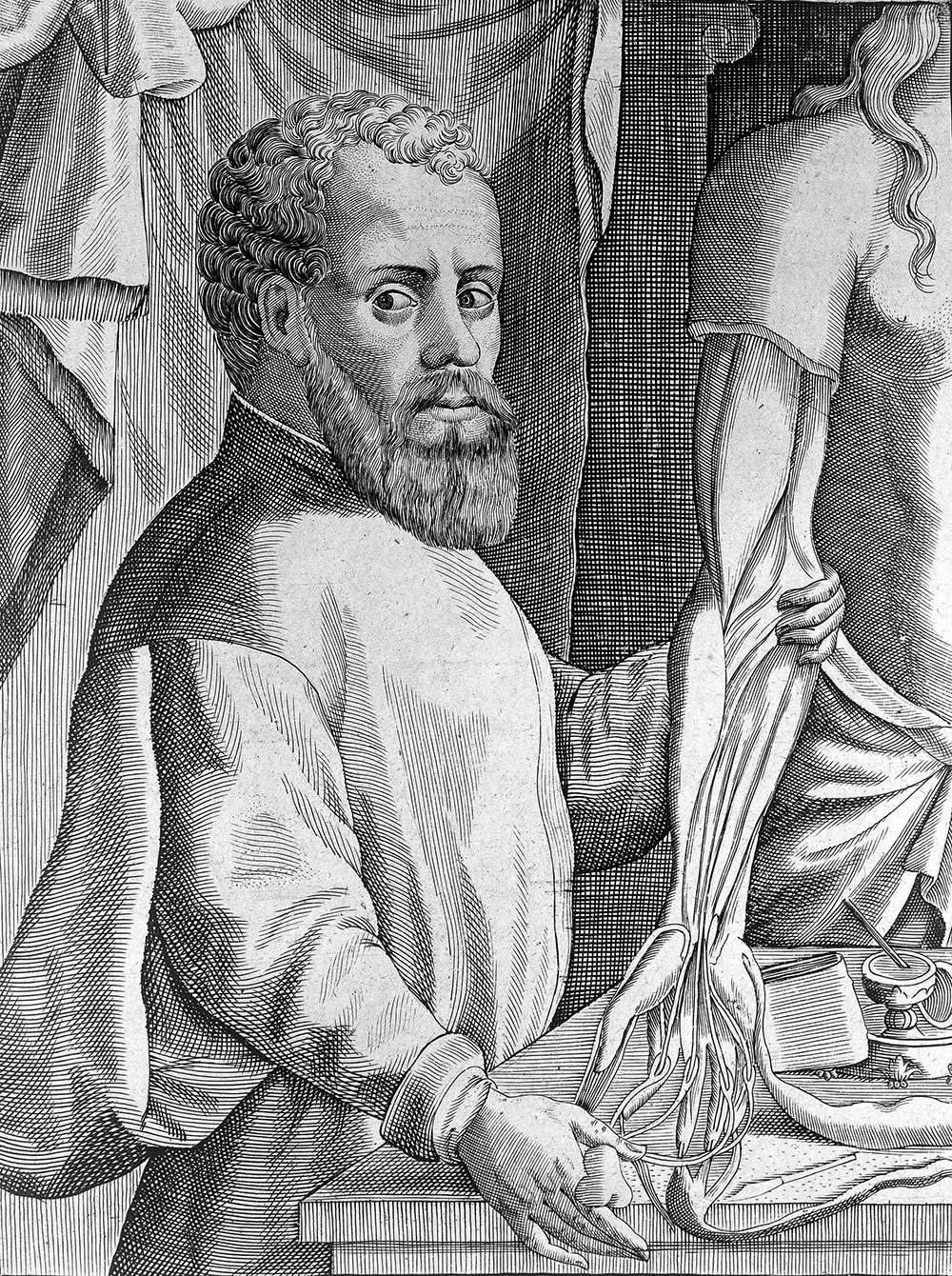
Going back to the ancient debate, we find praises to the hand in this very recognizable Aristotelian-Galenic vein from other anatomists but also from lesser-known authors, such as John Bulwer, author of Chirologia and Chironomia (1644), which together form a treatise on the secret language of hands and gestures. Referring to the “chicken and the egg” debate between Anaxagoras and Galen, Bulwer claims that in an “ecstasy of admiration” Anaxagoras says that man is the wisest of creatures because he has hands, but that “with great elegancy and humanity” Galen corrects him and argues it is actually the other way around. Of course, others in the early modern period took up Anaxagoras’ position. In a sonnet dedicated to Charles IX and published in 1571, the French poet Pierre de Ronsard praises the hand. When the shepherd is faced with a wolf, it’s not reason but his two hands and the knives made by them that allow him to defend his flock and himself, says Ronsard. He concludes: “Les mains font l’homme, et le font de la bête / être vainqueur, non les pieds ni la tête” (Neither the feet nor the head, but the hands make the man / and make him conqueror of all beasts). We also find this anti-teleological position in one of the first and most vocal admirers of materialism in the sixteenth century, Giordano Bruno. In The Cabala of Pegasus, a dialogue from 1585, Onorio, the main interlocutor, delivers a long monologue in which he discusses reincarnation and claims to remember all of his previous lives. Onorio has been, among other things, a donkey, Pegasus, the winged horse, and, yes, the man himself: Aristotle. Based on his own experience, he tells his interlocutors that the most important thing he’s learned throughout these cycles of transmigration is that there are no preestablished hierarchies in nature and that all living beings share the same prime matter and the same soul. Each living being has as its main task to master its own anatomy and physiology. Man, unlike all other animals, has hands. Hands allow humans not only to produce tools of survival but also to generate knowledge, and ultimately to attain the grandeur and excellence that make them victors over the other species. “All this [success in nature] refers primarily not so much to the style of the mind, as to that of the hand, organ of the organs,” Onorio says.
The debate carries on into the nineteenth century. In the 1830s, anatomist Sir Charles Bell wrote a study on the human hand arguing that Anaxagoras’ claim came from excessive regard for the hand, but that, in reality, the hand evinces intelligent design: “Seeing the perfection of the human hand…we can hardly be surprised at some philosophers entertaining the position of Anaxagoras that the superiority of man is owing to his hand…Nevertheless the possession of the ready implement is not the cause of man’s superiority…So we’d rather say with Galen that man has a hand because he is the wisest of creatures.” Charles Darwin’s work in the following decades spawned a new generation of children of Anaxagoras and delivered the coup de grâce to Bell’s idea that evolution is both impartial and blind. One of the most notable children of Anaxagoras was Friedrich Engels, who in the 1876 essay “The Part Played by Labor in the Transition from Ape to Man” links both erect posture and labor with the development of the hand, which is “not only the organ of labor but its product.”
How old this debate was when Anaxagoras made his contribution we probably will never know, but almost two and a half millennia later the discussion continues. In the twentieth century, it even found an unlikely recap in Robert Wiene’s 1924 film The Hands of Orlac, based on a novel of the same title by Maurice Renard. In the film a famous pianist loses his hands in a train accident and receives a hand transplant. When Orlac asks his doctor whether he will ever be able to play again, the man (predictably Aristotelian and Galenic) comforts him: “Of course, the spirit rules the hand.” But Orlac’s new hands came from a recently executed murderer (they are Mörderhände!); once attached to his body, they inspire in him homicidal tendencies. When he holds his wife, he imagines strangling her and becomes understandably alarmed. Maybe the doctor was terribly wrong, maybe his spirit and his willpower are dominated by these new evil hands, maybe, as Ronsard sang a few centuries before, hands do make the man. It turns out, however, that the man whose hands Orlac received had been wrongly accused of murder, which means that the homicidal fantasies were self-suggestion—perhaps even more disturbing. But Orlac’s musical skill never does return, proving that the spirit doesn’t rule the hand and that, if anything, their relationship is of mutual dependence. In the end, Wiene’s film leaves the question open.
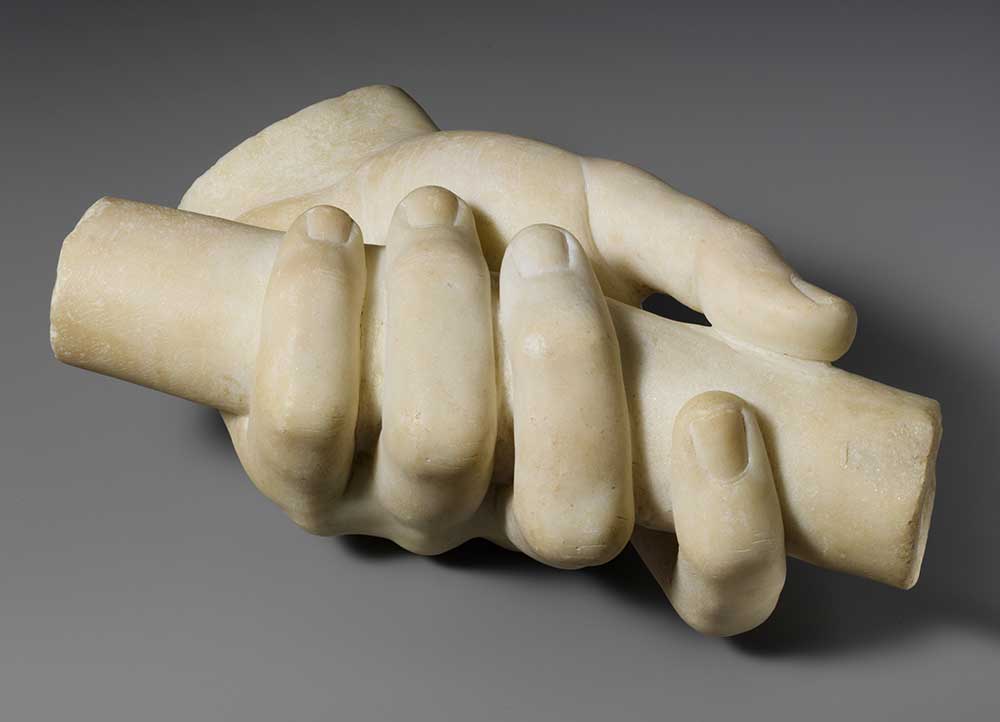
It’s undeniable, though, that Anaxagoras’ position has triumphed and that we are his children. In our secular worldview, shaped by five hundred years of experimental science—whose unstoppable development is in great measure a consequence of its distancing itself from religious dogma—it is more plausible that a series of slight variations and mutations determined the specific morphology that has allowed human beings to exercise control over nature than to posit a master plan of intelligent and supernatural design that preordained our physiology to help us become the dominant species. In spite of this, anyone tempted to conclude that the matter has been settled for good should bear in mind something that Sir Thomas Browne wrote in the 1630s: “As though there were a metempsychosis and the soul of one man passed into another, opinions do find after certain revolutions, men and minds like those who first begat them.” The position of Aristotle and Galen, of Vesalius and Bell, the notion that there is metaphysical purpose to everything in nature, a grand plan running its course harmoniously and inexorably, might be swimming through underground tunnels, or hibernating in the most hidden crevices of the reigning cultural paradigm, but it’s still there, alive and well, waiting for future instantiations. This should come as no surprise. Whether we are the dominant species because we have hands or we have hands in order to be the dominant species is, really, another formulation of the question about the purpose of our existence in the world. If we push it we’ll see that ultimately it pertains to our mortality, our most fundamental relationship with the world, and whether or not what we see and touch is all there is.
Earlier this year, a group of scientists from the University of Southampton and the Max Planck Institute for Evolutionary Anthropology studying paintings in three caves of southern, central, and northern Spain made a momentous discovery: the art was at least 64,000 years old. This meant that they were face-to-face with the oldest cave art known to date. But it also meant something even more astonishing: the paintings were made by Neanderthal men, not Homo sapiens, who wouldn’t arrive in Europe for another 20,000 years. Strange rectangular shapes and elegantly drawn animal figures show that this traditionally underestimated subspecies, which went extinct about 40,000 years ago, was as capable of symbolic thinking as we are. Hand stencils and hand prints prove that they too pondered with great awe the mystery of the instrument of all instruments.
